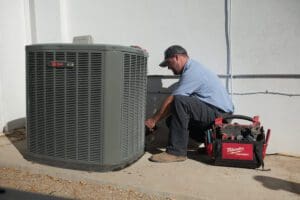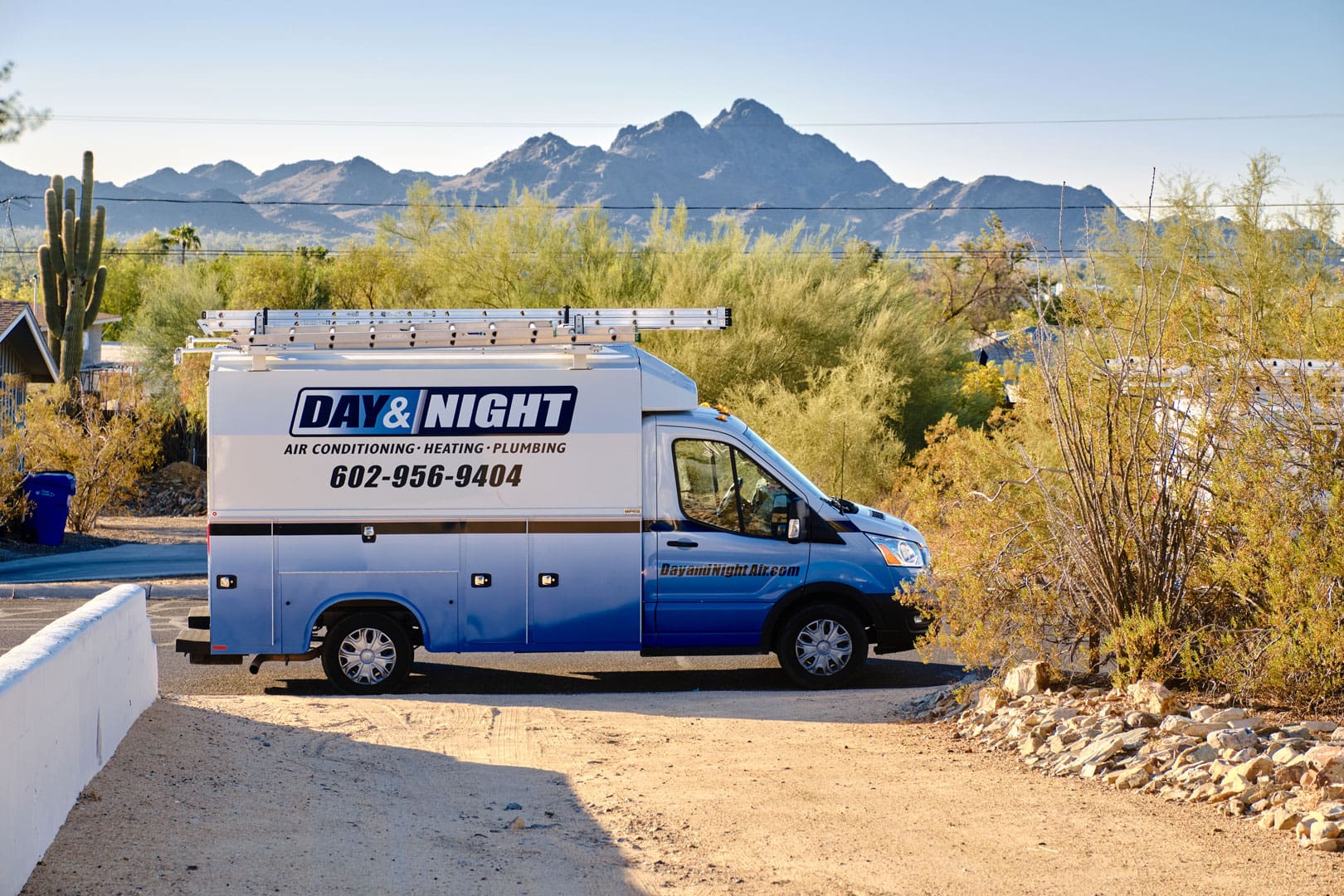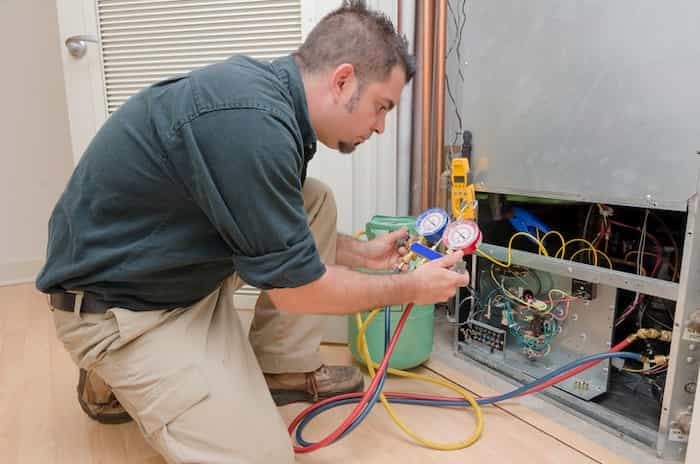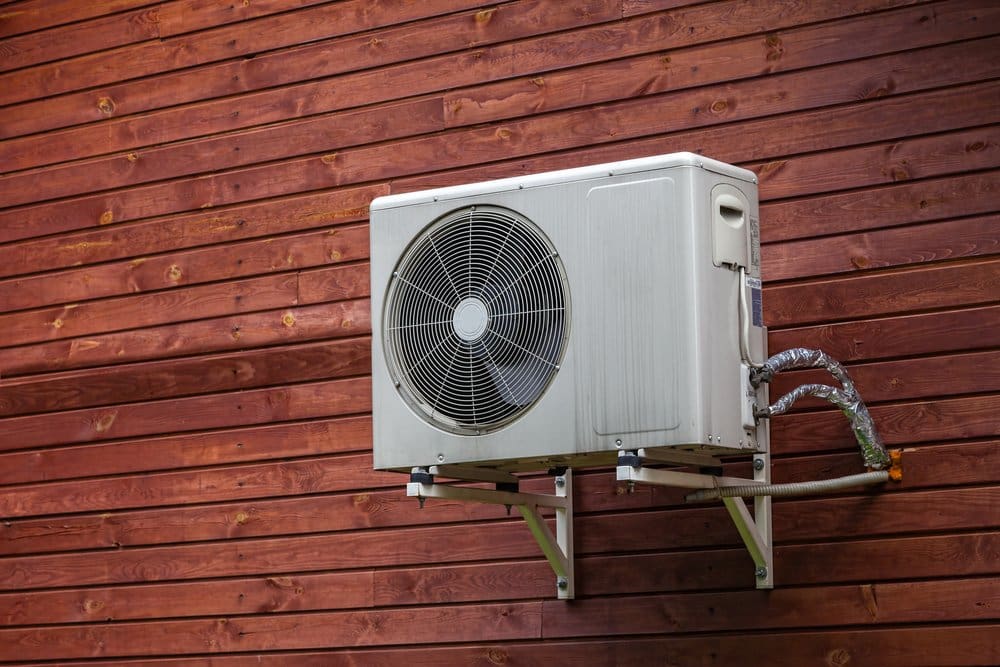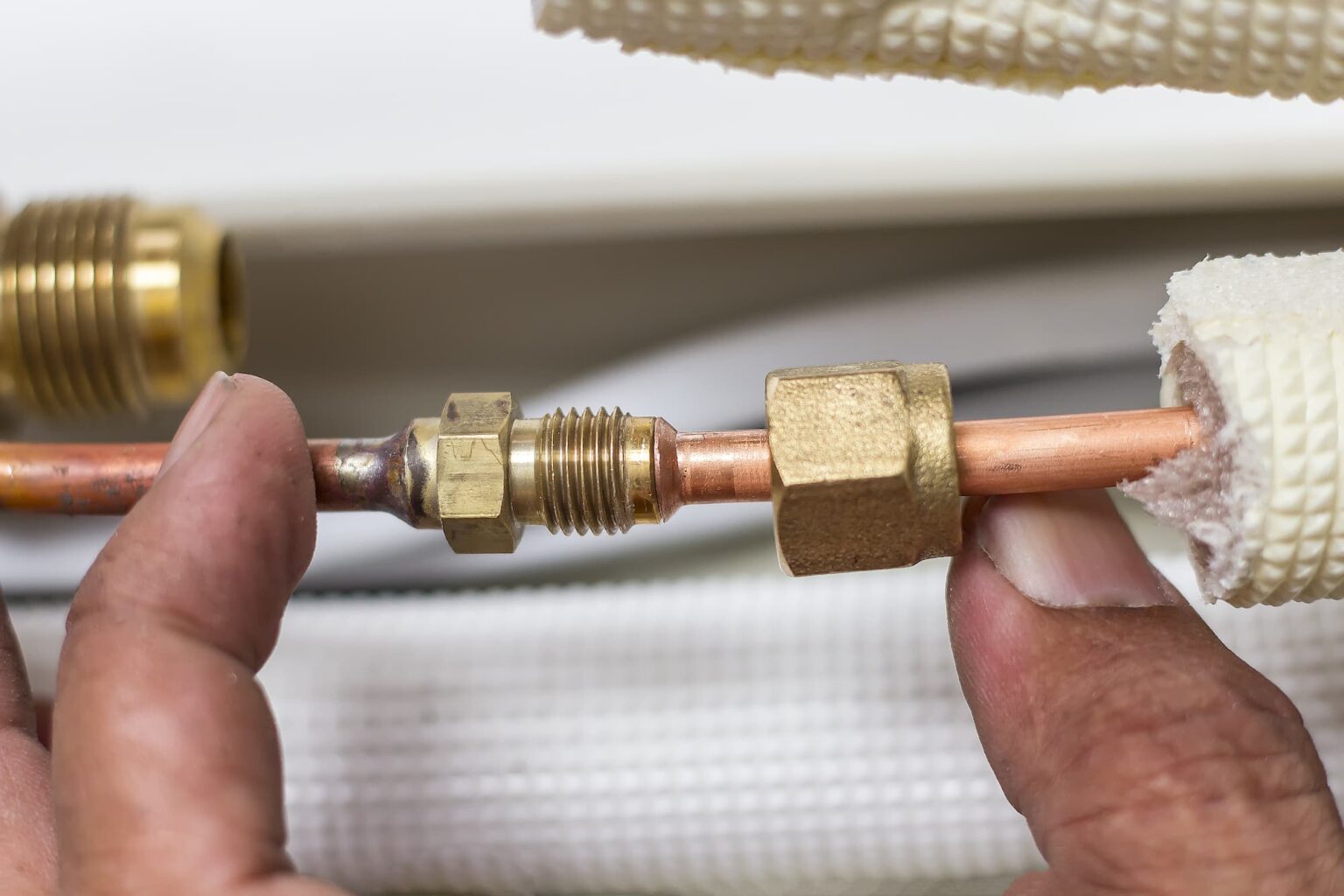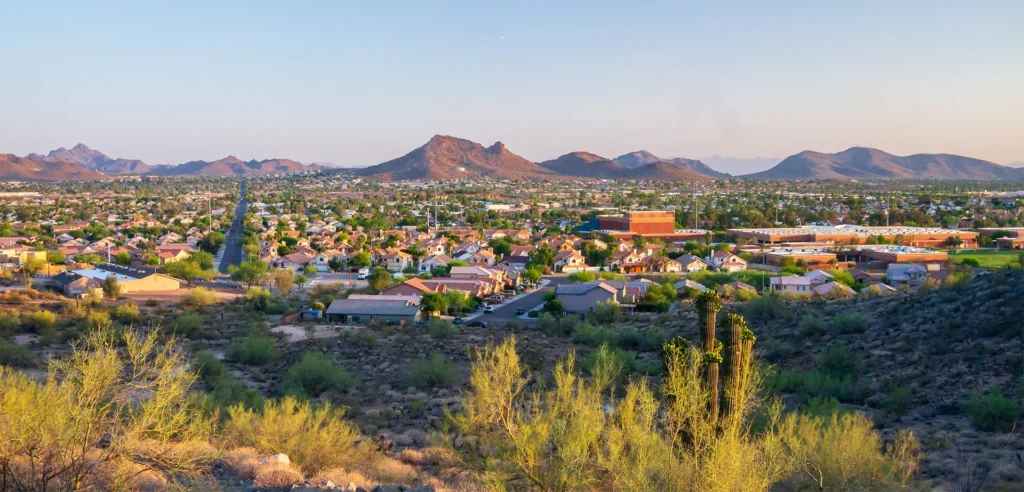There’s nothing more refreshing than coming home to a cool shower followed by a crisp glass of water, especially when the temperatures skyrocket in the sweltering Phoenix heat. Do you know what’s not refreshing? Hard, gritty water.
We understand the importance of having the highest quality, best tasting, safest water available to you and your loved ones. With that in mind, you have a few options to improve the quality of your water at home.
Improving Water Quality With Softener or Reverse Osmosis
The most common option for creating that freshest, purist water is a filtration system that can either soften your water through the process of water softening or remove impurities through the process of reverse osmosis. Keep reading to learn more about each of these processes, the best option for your home and water purification needs, and when to contact Day & Night Air Conditioning, Heating, and Plumbing to install a system that will work best for you!
What is “Hard Water” and Why Should You Soften It?
To know whether a water softener is appropriate for you, you’ll need to understand the basics of hard water vs. soft water. People commonly refer to their water as “hard” or “soft,” and the degree of hardness or softness is determined primarily by the amount of calcium and magnesium it contains. If your water has too much of these minerals floating around, it can cause issues.
Hard water, or water with a high concentration of these minerals, can clog pipes and hot water tanks. It can additionally complicate the breakdown of soap and detergents, a household nuisance. If you are experiencing the pitfalls of hard water, you may consider having a water softener installed.
What is a Water Softener?
A water softener is composed of two tanks: a mineral tank and a backflush tank. The system collects the free-floating minerals into a conditioning tank and flushes them to drain. To soften the water, Ion exchangers replace the calcium and magnesium ions in the water with sodium or potassium ions.
Why Could You Benefit from A Water Softening System?
A water softening system produces fresher water for you and your family. You’ll immediately notice cleaner water. A water softener will eliminate odors and tastes that may be off-putting. If you’re cooking, your food and beverages will taste better. In addition to the noticeable difference in the taste and quality for consumption, softer water will be easier on your appliances, making them run more effectively and last longer. You’ll have cleaner dishes and silky smooth hair. You will ultimately save time on house cleaning and money on soap, detergents, and grooming products.
Why Would You Need A Reverse Osmosis System?
If you experience water that isn’t as clean as you’d like, you may consider a reverse osmosis filtration system. A reverse osmosis system will reduce the salt, minerals, and other impurities floating in your water supply.
What is Reverse Osmosis?
Reverse Osmosis is the process of filtering your water through the use of a semi-permeable membrane. Before the water even passes through the membrane, it enters a pre-filter. This pre filter removes sediment and chlorine. After the pre-filter, the water moves through a semipermeable membrane, the true superstar of the reverse osmosis filtration system. This membrane reduces nearly all of the potential contaminants in your water supply, but for an extra level of purification, the water finally moves through a post filter. The resulting water is extremely fresh and highly polished.
What Does a Reverse Osmosis System Remove?
A Reverse Osmosis system removes many different kinds of sediments, pollutants, and additives, including:
- Fluoride
- Salt
- General Sediments
- Chlorine
- Arsenic
- VOCs
- Herbicides and Pesticides
- Various Other Miscellaneous Contaminates
Despite its ability to remove most things you wouldn’t enjoy in your water, a reverse osmosis system cannot remove bacteria and viruses. These can really only be removed with UV disinfection. Luckily, if your water is sourced from a city treatment plant, your water should be microbiologically safe.
What Are the Benefits of a Reverse Osmosis System?
A Reverse Osmosis System is one of the most efficient filtration systems on the market. If you install a reverse osmosis filter in your home, you will experience a reduction in harmful contaminants polluting your water. The water will have less sodium. Foul tastes and odors will be removed. You will save money on bottled and purified water if you purchase it from the store. This is also great for the environment as it cuts back on plastic and emissions. The units are easy to install, making them a hassle-free asset to the health of your home. Additionally, systems are very compact and can easily fit under your sink.
Where Is the Best Place to Use a Reverse Osmosis System?
A reverse osmosis system is a powerhouse of a unit, purifying your water to an incredible degree, but the unit is compact and produces brine or “wastewater” as a byproduct of filtration. For this reason, a whole house reverse osmosis system isn’t typically an advisable option. With that in mind, smaller units are generally installed at specific sites around the house.
Under the sink is the most common location for a reverse osmosis unit. Because the unit is so powerful and the membrane does so much, placing a reverse osmosis unit under your kitchen sink will allow you to maximally benefit from the unit without running it unnecessarily. Its compact size is ideal for placement under your sink, so it requires a minimally invasive installation.
You’ll have crisp, pure water, easily accessible in your kitchen for drinking, cooking, and cleaning in your kitchen. An under-sink system can easily be connected to a refrigerator, which will yield crisper ice and tastier beverages. If you have a well, a reverse osmosis system is one of the best, most efficient ways to clean your water. You can also take a reverse osmosis system on the road! Its compact size is perfect for your RV, which has tanks that are notoriously difficult to keep clean, impacting the overall taste and quality of your water.
Reverse Osmosis vs. Water Softener: Which to Choose
Now that you’ve read all about the two systems, how do you know which is right for you? A reverse osmosis system does, in fact, soften water, but doing so places a considerable amount of strain on the membrane, wearing out the filtration system over time, so it is not recommended to be relied upon as the sole method of softening your home’s water. The water softener does not remove as many contaminants as a reverse osmosis system, so you may require additional filtration.
The overall compact size of a reverse osmosis system is perfect for site-specific filtration but generally not recommended as a whole-house water purification solution. If you love the benefits of both systems, you can actually use them in tandem! The water softening system provides the benefit of softer water throughout the house, while you’ll get the extra level of purification with the reverse osmosis system at the site you’ll use it most.
Water Softening and Reverse Osmosis in Phoenix
If you think that your home could benefit from either or both of these filtration systems, conveniently schedule an appointment with a professional from Day & Night Air Conditioning, Heating, and Plumbing. The skilled and knowledgeable staff is more than happy to answer your filtration questions. Day & Night Air Conditioning, Heating, and Plumbing proudly employs many of the most experienced plumbing experts in Maricopa County, making us a trusted full-service plumbing company here in Phoenix. We’re able to provide fast, effective repairs for most problems, so don’t hesitate to set your appointment.
Image Source: VVVproduct / Shutterstock

